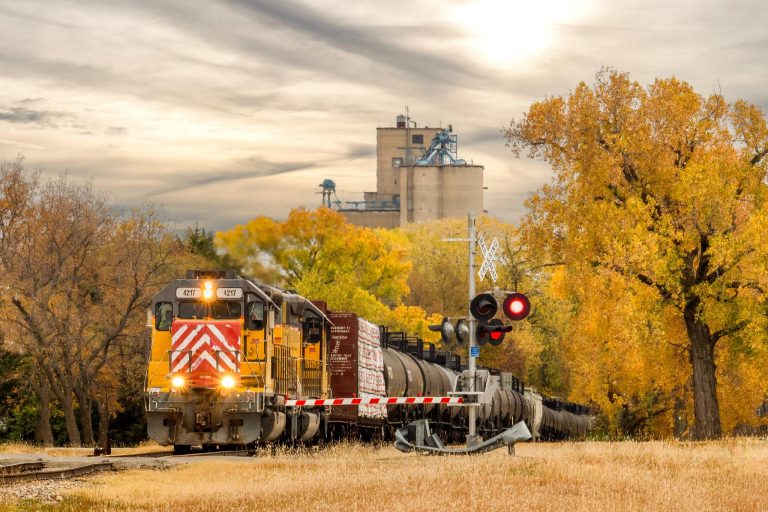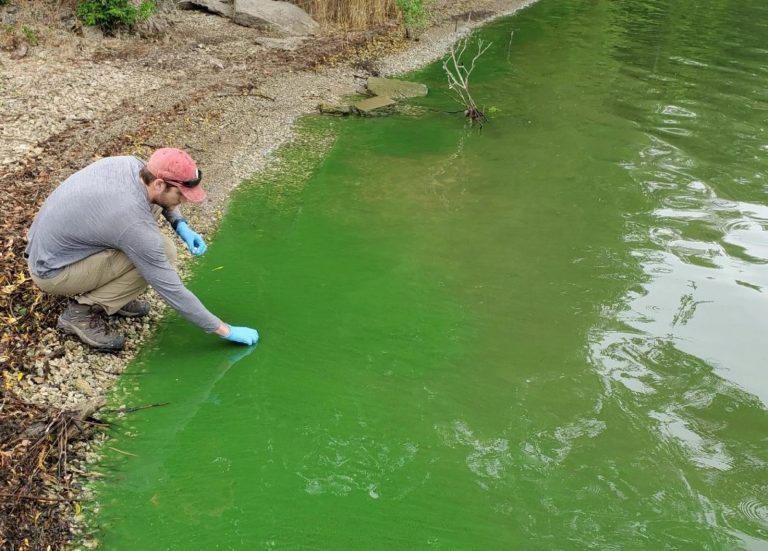The ugly blue-green algae that frequently spoil Kansas lakes for swimming, fishing and supplying drinking water are growing more toxic as the climate changes.And they’re spreading farther north.States in the upper Great Plains will have to get used to spending on expensive water treatment — the way utilities in Kansas do — to keep taps flowing.They’ll need programs to quickly warn people away from popular recreation spots when blooms appear that can turn toxic fast, make them sick and kill their dogs.“States like North Dakota, South Dakota, Wyoming, Montana … you’re going to get a lot more blooms and have to deal with this,” said Ted Harris, an algae biologist with the University of Kansas.The growing toxic algae problem doesn’t just add another reason people in the Midwest and Great Plains need to fight climate change — it adds urgency to the task of figuring out how to cut back on the vast amounts of fertilizer and livestock excrement that wash into waterways and intensify the algae toxins.A team of scientists, including Harris, did a deep-dive into algae conditions on nearly 3,000 U.S.








